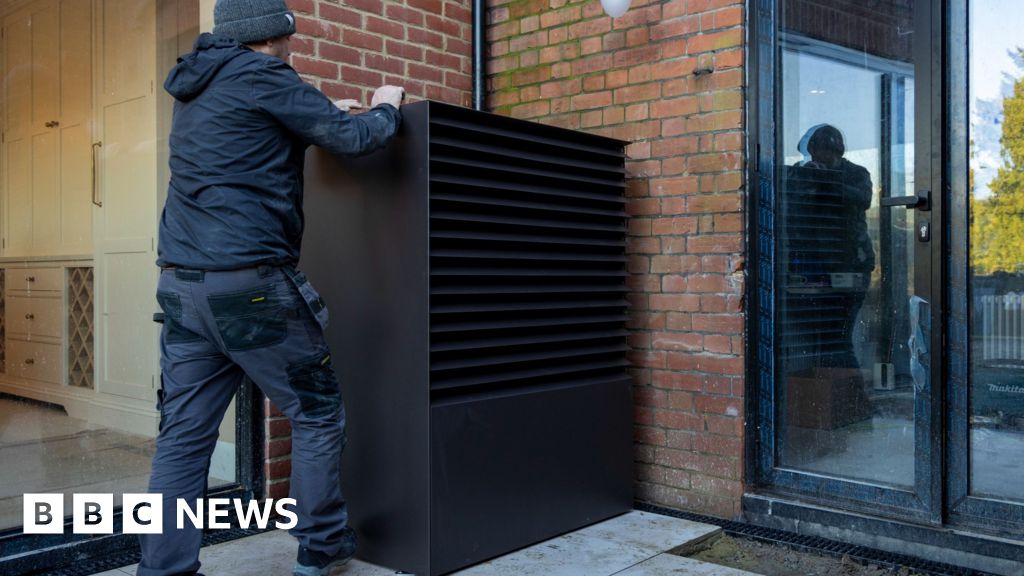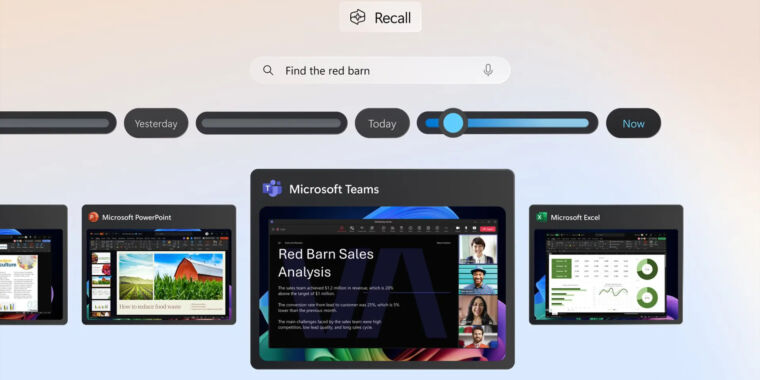

I love CDDA, but I don’t know if I’d call it light on a battery. It won’t hammer a GPU, but it actually does use a fair bit of CPU time for the simulation. Also, every time it redraws a frame, it does so via recomputing the world lighting and such, so it’s actually surprisingly heavyweight.

















Maybe they don’t want to move to a cloud-based system.
I don’t want a cloud-based office package, and I can imagine that the same might apply to them.